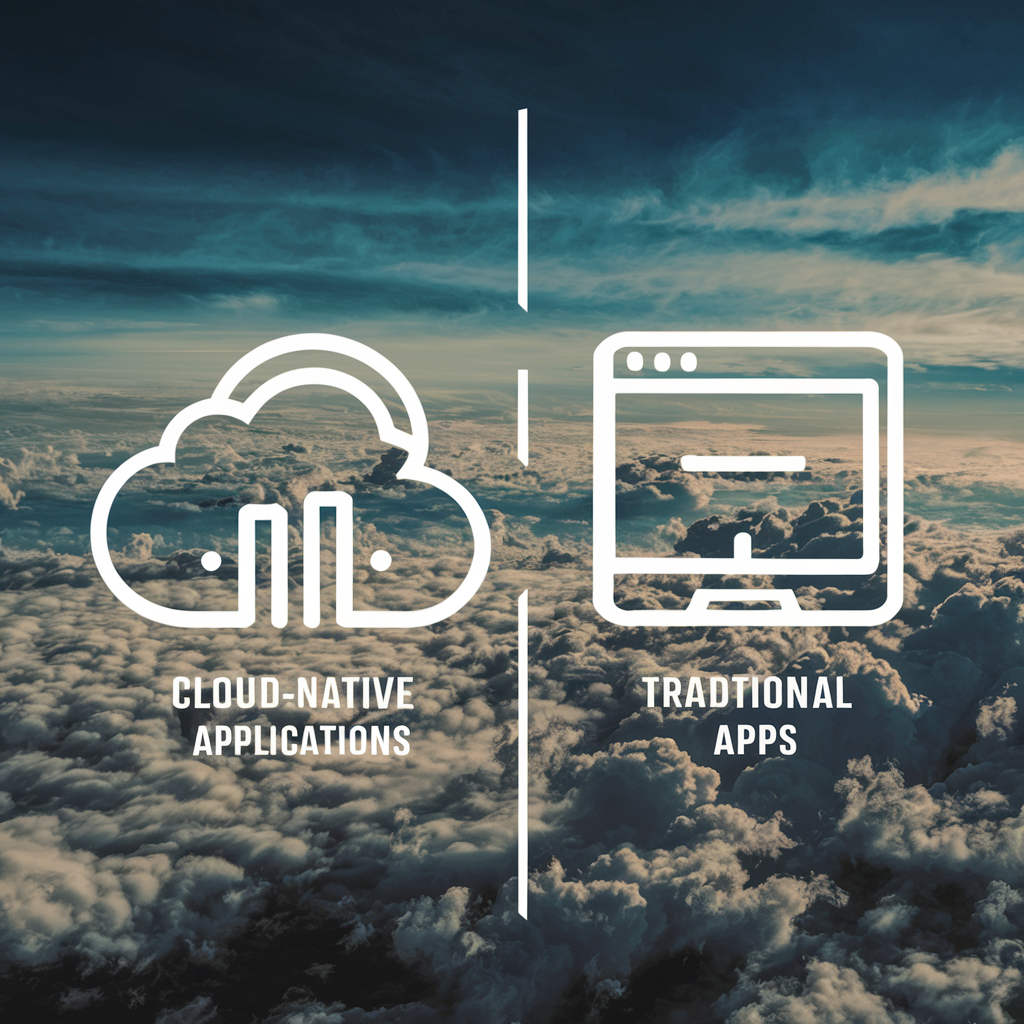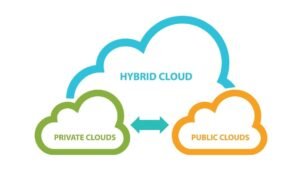Introduction:
In recent years, the shift towards cloud computing has transformed the way applications are developed, deployed, and managed. Two terms that often arise in discussions about cloud-based applications are “cloud-native” and “traditional” applications. While both types of applications serve the same purpose of delivering functionality to users, they differ significantly in their architecture, deployment, and management approaches. In this article, we’ll explore the differences between cloud-native and traditional applications and highlight the benefits of embracing cloud-native architectures.
Understanding Traditional Applications: Traditional applications, also known as monolithic applications, are built using a traditional software development approach, where all components of the application are tightly coupled and deployed as a single, self-contained unit. In a traditional architecture, the application logic, user interface, data access, and business logic are typically packaged together into a single executable or deployable artifact.
Characteristics of Traditional Applications:
- Monolithic Architecture: Traditional applications follow a monolithic architecture, where all components are tightly integrated and run within a single runtime environment.
- Long Release Cycles: Traditional applications often have long release cycles, with new features and updates deployed as large, infrequent releases.
- Vertical Scaling: Traditional applications typically scale vertically by adding more resources (CPU, memory) to a single server to handle increased workload.
- Manual Provisioning: Infrastructure provisioning and management are often done manually, leading to slower deployment times and increased operational overhead.
- Limited Agility: Due to their tightly coupled nature, traditional applications are less agile and adaptable to changing business requirements and market conditions.
Understanding Cloud-Native Applications:
Cloud-native applications are designed and built specifically to run in cloud environments, taking full advantage of cloud-native principles and technologies. Cloud-native architectures emphasize modularity, scalability, resilience, and automation, enabling organizations to deliver software faster, more reliably, and at scale.
Characteristics of Cloud-Native Applications:
- Microservices Architecture: Cloud-native applications follow a microservices architecture, where the application is decomposed into small, loosely coupled services that can be developed, deployed, and scaled independently.
- Containerization: Cloud-native applications are typically packaged and deployed as lightweight, portable containers using container orchestration platforms like Kubernetes or Docker Swarm.
- Continuous Delivery: Cloud-native applications embrace continuous delivery practices, where changes are delivered to production frequently and automatically using CI/CD pipelines.
- Horizontal Scaling: Cloud-native applications scale horizontally by adding more instances of individual services to handle increased demand, rather than scaling vertically.
- Infrastructure as Code (IaC): Cloud-native applications use Infrastructure as Code (IaC) tools like Terraform or AWS CloudFormation to automate the provisioning and management of infrastructure resources.
- Resilience and Fault Tolerance: Cloud-native applications are designed to be resilient and fault-tolerant, with built-in mechanisms for handling failures gracefully and maintaining high availability.
Benefits of Cloud-Native Applications:
- Agility and Flexibility: Cloud-native architectures enable faster development cycles, rapid deployment, and greater flexibility to adapt to changing business needs.
- Scalability and Elasticity: Cloud-native applications can scale dynamically to handle fluctuations in traffic and workload, ensuring optimal performance and resource utilization.
- Resilience and Reliability: By embracing distributed, fault-tolerant architectures, cloud-native applications are more resilient to failures and disruptions, leading to higher availability and reliability.
- Cost-Efficiency: Cloud-native applications leverage pay-as-you-go pricing models and efficient resource utilization, resulting in lower infrastructure costs and improved ROI.
- Innovation and Competitiveness: Cloud-native architectures empower organizations to innovate faster, experiment with new technologies, and stay ahead of competitors in rapidly evolving markets.
Conclusion:
In summary, the shift towards cloud-native architectures represents a fundamental change in the way applications are designed, developed, and deployed. While traditional applications have served organizations well for many years, cloud-native architectures offer significant advantages in terms of agility, scalability, resilience, and cost-efficiency. By embracing cloud-native principles and technologies, organizations can accelerate their digital transformation journey, deliver software faster, and stay competitive in today’s fast-paced business landscape.





